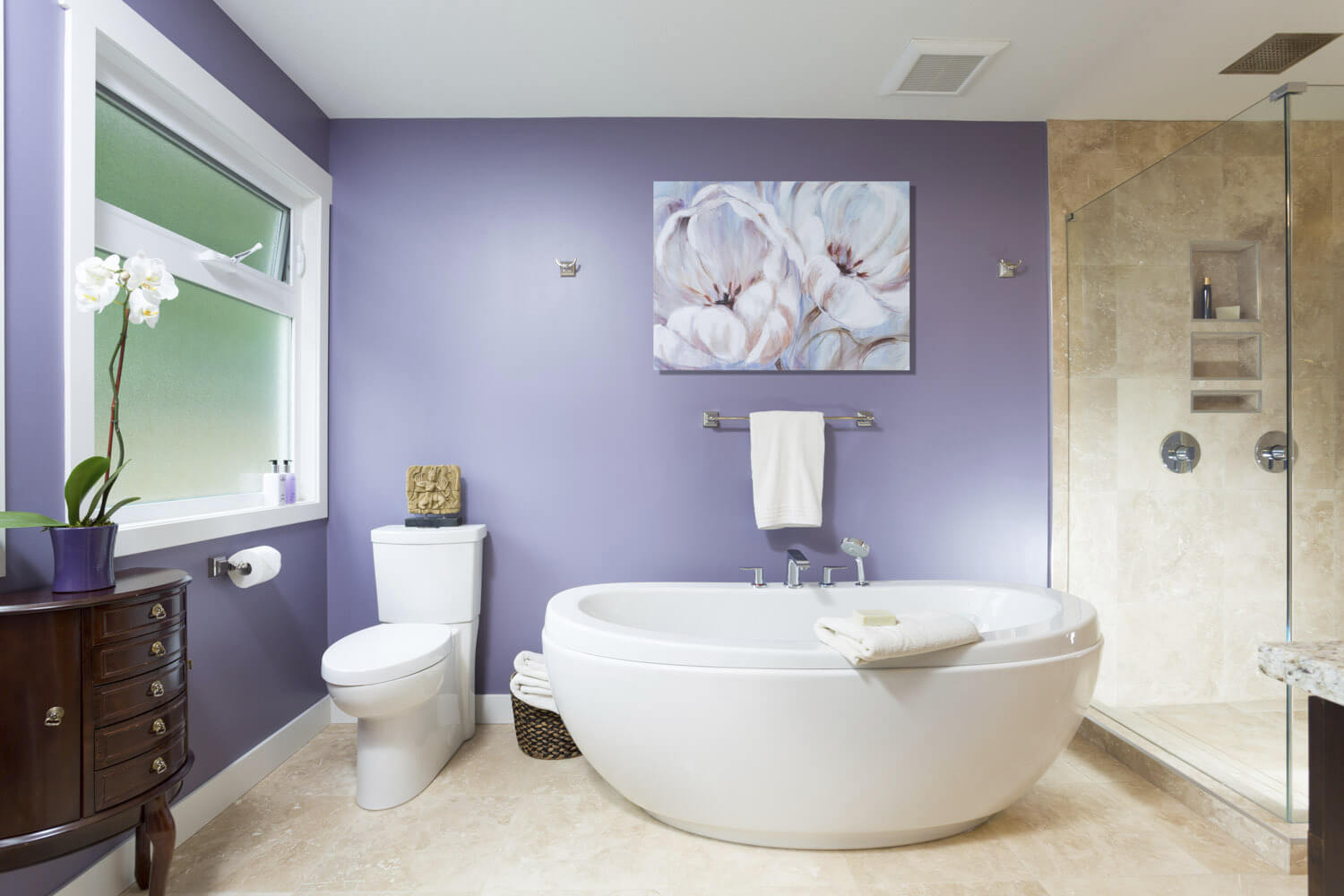Do you hesitate to experiment with bold colours for walls and furnishings? Bright hues can raise a room’s energy levels and affect your mood. Here’s a look at the psychology of striking colours.
Colors for Appetite & Heart Rate
Red: If you think red’s a bit too bold for your taste, think again! The colour has been shown to stir up appetite in people. A splash of red in your kitchen can motivate you to tuck into a full and healthy meal. You can keep it subtle by pairing your beige kitchen walls with tastefully done red cabinet doors. Red also increases pulse and heart rate, making it an exciting choice for your bedroom. While your red bedroom may look particularly bright in the mornings, it will benefit from a rich and elegant look in the night.
Blue: Blue works contrary to red, lowering your heart rate and slowing respiration. It has a relaxing effect on your senses and helps you calm down. Warm and bright shades of blue like periwinkle and turquoise look serene and lovely in living rooms and family rooms. Avoid pastel shades though, as they tend to look unwelcoming and frosty. Same with dark blue shades that often have a gloomy effect.
Colors for Warmth & Inspiration
Green: Green is the most restful of all colours as it strikes the eye in a way that doesn’t require any adjustment. Green is a fertile colour creating a sense of warmth, and associated with positive qualities of harmony and balance. It is a good choice for any room in your home.
Violet: A dramatic colour, it can add a rich and luxurious feel to living rooms and social spaces within your home. Violet is also associated with spirituality and contemplation. You can consider adding it to your study for creative inspiration or choose a lighter shade like lilac or lavender to spaces reserved for meditation or quiet reading.

